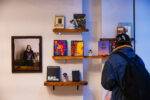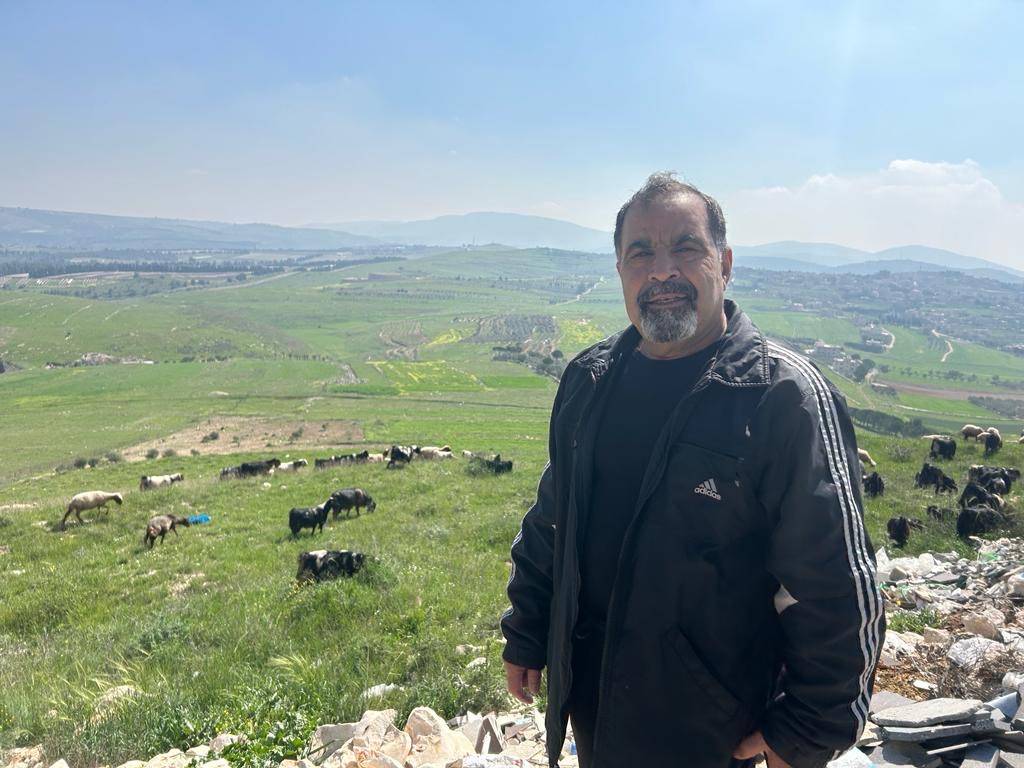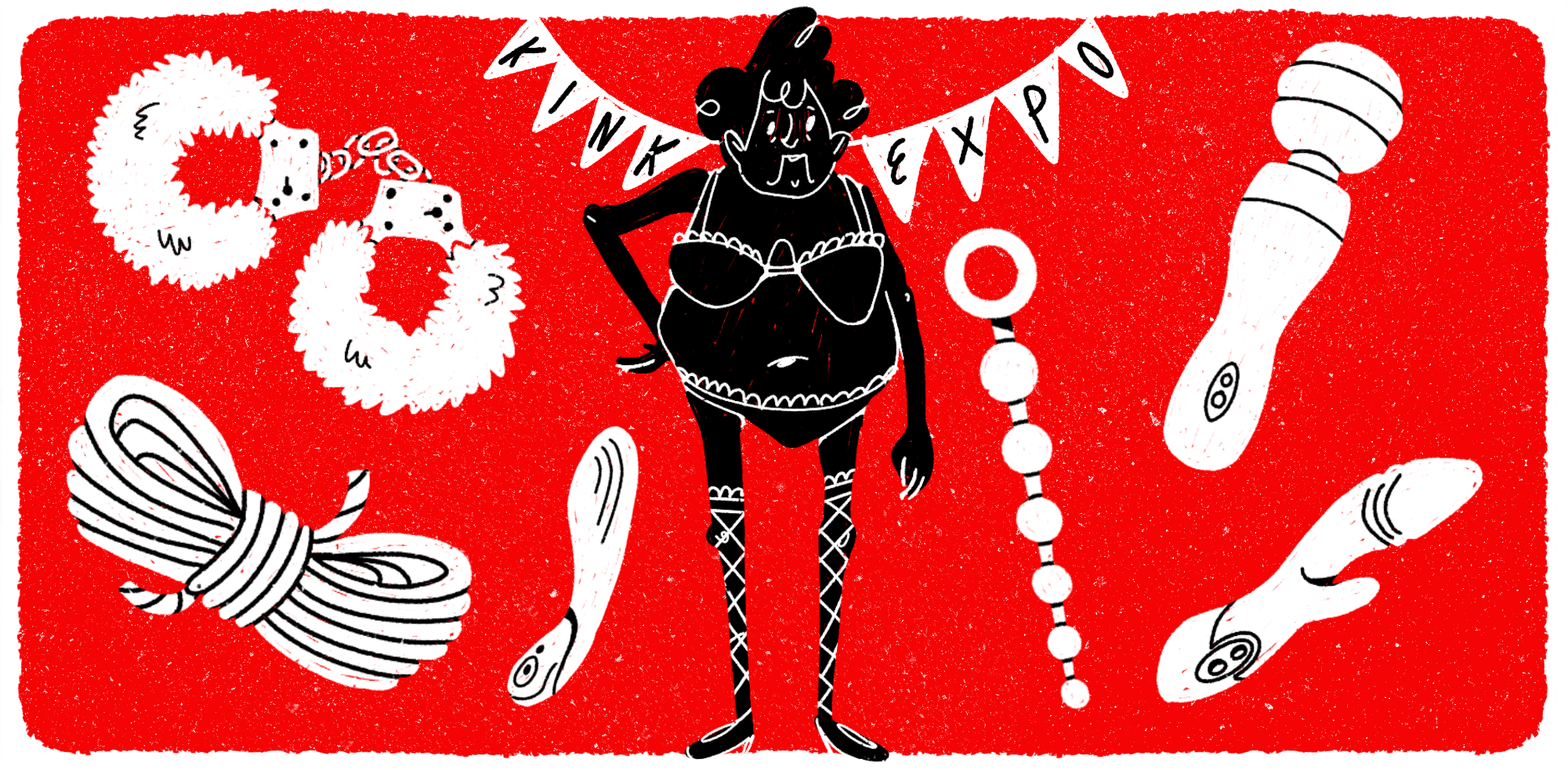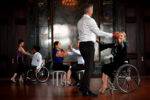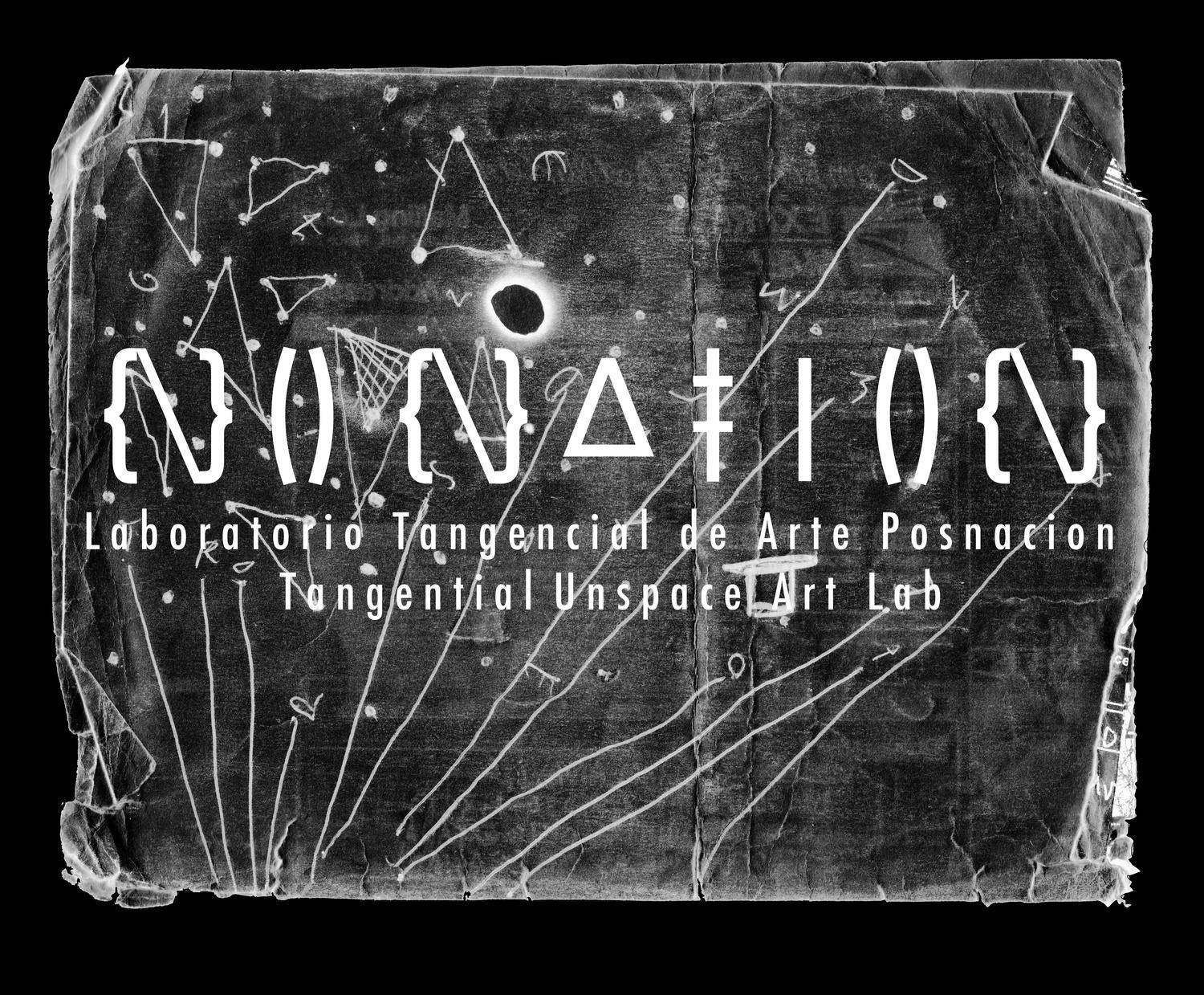 Walking down N. Milwaukee Avenue in Wicker Park can make anyone feel like the most trendy person in Chicago. The colorful storefronts display vintage wear, high-end sneakers, $9 ice cream cones, and Doc Martens. This neighborhood is a popular area for the School of the Art Institute of Chicago students and artists at large, as it’s where TriTriangle and {\}() {\}∆‡!(){\} (NoNation — Art Gallery and Tangential Unspace Lab), two pillars of the Chicago experimental sound and performance scenes are located.
Walking down N. Milwaukee Avenue in Wicker Park can make anyone feel like the most trendy person in Chicago. The colorful storefronts display vintage wear, high-end sneakers, $9 ice cream cones, and Doc Martens. This neighborhood is a popular area for the School of the Art Institute of Chicago students and artists at large, as it’s where TriTriangle and {\}() {\}∆‡!(){\} (NoNation — Art Gallery and Tangential Unspace Lab), two pillars of the Chicago experimental sound and performance scenes are located.
I discovered NoNation at the tail end of my first year at SAIC in 2022, at a time when I couldn’t seem to find where artists actually go in Chicago, besides to school. I was instantly enchanted when I visited NoNation. The hastily painted red wooden floors and ceiling, the rumble of the Blue Line train behind the building, and the domestic touches all create a wondrous space as both a venue and a residence. There was a large couch that invited you to sit next to a stranger. And I loved that there were remnants of many other artists who had passed through and lived in the space. The best part was the great performances I saw that evening and continue to see at NoNation. I am always surprised, captivated, and challenged by my experience there. I am not the only SAIC student who deeply values NoNation and TriTriangle as venues for experimental performances.
NoNation and TriTriangle have been operating in the Lubinski building for over 10 years. Both are frequented by SAIC students and alums who are eager to showcase their works. They have unique programming supported by artist communities who cherish them.
Melon Sprout (BFA 2022) is an SAIC alum and a sound/noise/performance artist. They formed the group love, an open-ended performance collective, which performed at TriTriangle in January 2023. Commenting on the supportive environment of TriTriangle, they said, “I don’t think I’d be in Chicago enjoying it if it wasn’t for NoNation and TriTriangle being pillars of performance magnitude. Just the wealth and diversity of performances they put on there… and it’s not just the performances. It’s a culture of, ‘You got something to share? Then let’s show it.’”
This culture of artistic receptiveness is vital in attracting all kinds of artists to perform and gather there.
Jackie Swanson (BFA 2024), a SAIC student in the sound and performance department, shared a similar feeling.
“NoNation and TriTriangle was my first introduction to a performance space outside of SAIC. They consistently create a beautiful and freeing atmosphere inside each of their spaces. I’m always able to view and create fun, engaging, and difficult art to interact and live in,” Swanson said.
The Lubinski building was put up for sale in 2019, which put the two major experimental arts scenes of Chicago in danger of possible shut-down. Their inclusions in the future remain unknown. Threatened by the loss of this historic arts building to real estate developers and retail gentrification, Alma Weiser (the director of Heaven Gallery) and Vincent Uribe (the director of LVL3) planned to buy the building and turn it into a community art space and marketplace. From the start of this potential purchase, the other residences felt left out.
In early February 2023, Amaya Torres (the co-founder of NoNation) and Ryan Dunn (the founder of TriTriangle) shared their histories and relation with the spaces. Also discussed was the dialogue between them and Equity Arts, how they strive to keep their spaces going under the threat of moving out, and what the future brings.
“People have been in this building doing the things we are doing for upwards of 40 years,” said Dunn, an SAIC sound alum. Dunn spoke of Erin Leonardson, who is on SAIC’s Sound faculty. Painter David Moose also lived in the space. Leonardson moved in 1999, and Moose, who lived in space the longest, according to Dunn, moved in 1984.
Torres, an SAIC alum in Film, Video, New Media, and Animation, described their history with the building too. They had friends from SAIC living in the building in 2009 who were putting up a gallery called Happy Dog Gallery at the time and invited Torres in.
“Once everyone graduated and moved… I inherited the place from them,” Torres said.
Torres and Dunn have been able to continue living and hosting events in the building through communal living, residencies, and passion. Torres describes it as “a juggling of many different things.”
Dunn, who lives at TriTriangle with his wife and child, supports his space by renting out a spare room and taking a small amount of performance donations.
“We take a very minimal amount of the door proceeds and otherwise we have no funding. We volunteer our time and we volunteer our space,” Dunn said.
Sustainability in these DIY performance and communal spaces is hard to imagine, as hosts face the lack of commercial revenue. NoNation offers admission and will only accept a poem or a buttprint to enter. Both spaces do not refuse an audience member because of a lack of funds. Incidentally, this lack of commercial viability is what allows them to host experimental shows.
“As far as sustainability, I think it’s a labor of love and I don’t think it’s possible to run this kind of space and maintain independence and expect it to be sustainable. Sustainability means indebting yourself to a larger culture that may or may not have a completely different agenda to what you want to do with your space… It exists while it can and the moment you start trying to tie yourself to larger power structures that allow you to be sustainable is when you lose your ability to fight back,” Dunn said.” We both exist on the margins. We exist as long as we can manage to do it. Our sustainability model rests on people with passion.”
Equity Arts seeks to buy the Lubinski building and transform it into a long standing art center. On their website, they describe their intention to create a “Perpetual Purpose Trust” that would lead to community ownership of the building and protection from future sales. Equity Arts also intends to be a “retail incubator” to continue funding the space, similar to the Heaven Gallery’s model as both a gallery and vintage store. Furthermore, Equity Arts puts an emphasis on creating a restorative space for Black, Indigenous and People of Color (BIPOC) artists and organizers through an equity policy ensuring the board, tenants, staff, and artists in the building will be of 60 percent BIPOC majority.
Despite their claims, the main community backlash Equity Arts has received is their exclusion of NoNation and TriTriangle in the future. Aza Greenlee, the other director of NoNation, said at the town hall that they felt Equity Arts was essentially saying to BIPOC artists already living and working in the building, “We’re going to protect people like you, except for you. We are going to look out for people like you, except for you.”
Since 2018, Equity Arts initiated the plan under the name Community Arts Wicker Park (CAWP), there has been tension between the administrators of Equity Arts and the leaders and inhabitants of NoNation and TriTriangle. Torres recalled an early meeting with possible investors for CAWP at Heaven gallery in 2018.
“There was a long table and we sat down and started talking with the people who were there. Some lawyers, investors, real estate developers and then one artist and one person from a radio thing. We started introducing ourselves and talking with them. They had no idea that we lived here,” Torres said.
Dunn interjected by saying those present at the meeting did know they lived in the building, but had thought they were involved with the project to buy the building. Either way, after this meeting Alma Weiser invited NoNation to join in on the project.
Torres said that the NoNation leaders went to some meetings, but they felt discouraged by the focus of the meetings.
“It was more about, let’s reach out to the businesses that are around. People can have their own model of working with a gallery but that’s not what we want to do. We are focused on the art experimentation. We are not focused on linking them up with a company to get some of that money. In one of the meetings I told them I didn’t want to be a part of this anymore,” Torres said.
Since 2018, Equity Arts has continued to raise money to buy the building, while continually neglecting to include NoNation and TriTriangle in the history of the building.
On Nov. 8, 2022, NoNation posted a public statement on Equity Arts to their Instagram page regarding the dispute and their grievances against the project, specifically after a report by the Chicago Reader on Equity Arts from mid-October 2022. The outpour of responses and anger resulted in the town hall, which meant to address the concerns the community had with Equity Arts over, such as the invisibilization of NoNation and TriTriangle’s work in the building and loss of housing for current residents.
Although Weiser has said in the past that the project would not include housing for artists, at the beginning of the town hall she said that now Equity Arts would include artist housing in their programming.
Since the town hall, there have been no updates on the future inclusion of NoNation and TriTriangle. I have been unable to get a comment from Equity Arts as of March 2023, and Torres and Dunn have not received any further explanation.
This uncertainty leaves the fate of NoNation, and TriTriangle in a limbo and their future indeterminate. To see the Lubinski building dissolve into the trendy landscape of Wicker Park would be a blow for all artists in Chicago, but the loss of NoNation and TriTriangle would be as well.
Equity Arts’ proposal for keeping this historic landmark as an arts space is hopeful, but calls upon us to interrogate what sustainability means and who it is for. Are DIY spaces meant to be sustainable, or can they only exist for as long as the passion of those leading them outweighs the outside world’s drive for profitable art? As artists, how can we keep spaces of radical experimentation open when facing the continual pressure to legitimize ourselves through institutional support.
For now, as Dunn said, “We’re living in a gray space, it exists by the grace of chance.”




